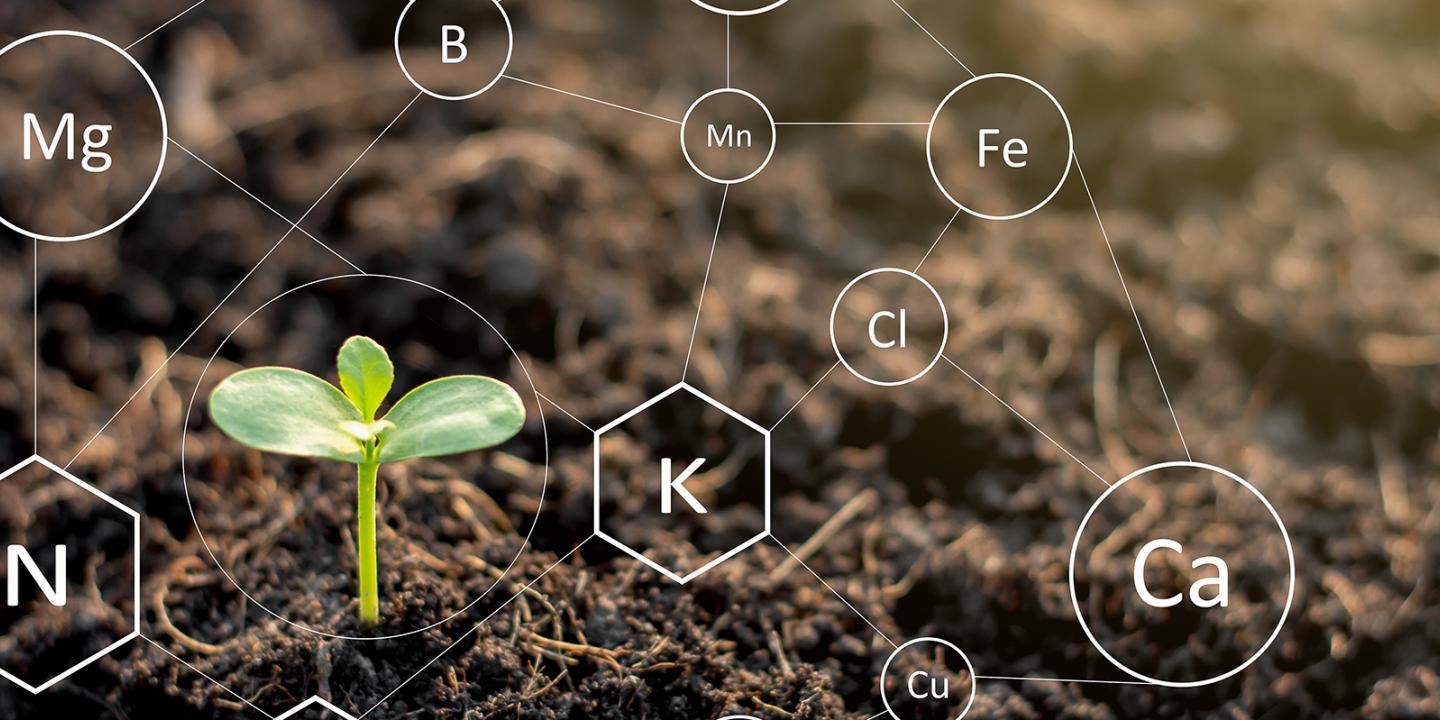Agriculture, pastures and garden composting construction with high-quality fertilizers and locally available waste streams, including animal manure. That is the starting point of the vision on cycle agriculture. This is the objective of the feed-manure-cycle in Netherlands.
Emission reductions through struvite formation in manure
Fertilising arable land, grasslands, and horticultural fields with high-quality fertilisers and locally available residual streams — including animal manure — is a key principle of the Dutch vision for Circular Agriculture. The goal: to close the feed-manure cycle within the Netherlands.
To achieve this, it is essential to make optimal use of minerals in manure and recover them where possible. Reducing emissions plays a crucial role in this effort.
One mineral already being recovered from wastewater is phosphate. Phosphate binds with magnesium to form the mineral magnesium ammonium phosphate — commonly known as struvite. The same principle applies to manure: phosphate binds to magnesium, and in the process, ammonium is also captured, reducing its release into the air during storage or spreading. This enables emission reduction directly in the barn.
Struvite is a slow-release fertiliser, meaning that phosphate and nitrogen become gradually available in the soil, reducing the risk of leaching. In this way, magnesium helps lower emissions from manure while improving the valorisation of essential nutrients.
- Lower emissions through struvite binding
- Reduced nutrient leaching into groundwater
Magnesium and calcium play a key role in effectively binding nitrogen within the manure pit.
"By using magnesium, we bind nitrogen to phosphate to form struvite, which can reduce ammonia emissions by as much as 50%."
Manure enrichment
Adding additives to cow slurry is not a new concept. For years, various substances have been mixed into manure — both to enrich it and to reduce emissions. Often these include chemical agents or bacterial cultures, whose long-term impact on the manure cycle can raise concerns.
That’s why Nedmag initiated trials using natural magnesium and calcium to fix nitrogen in manure through the formation of struvite.
Struvite
Struvite is the common name for the compound magnesium ammonium phosphate. Ammonium and phosphate occur naturally in manure. By adding magnesium, these elements are crystallised and locked into struvite. As a result, ammonia emissions — the main source of nitrogen loss from dairy barns — are prevented from escaping into the environment.
Through this approach, Nedmag contributes to solving the nitrogen challenge in the Netherlands with a natural and environmentally friendly innovation that directly reduces nitrogen emissions.
